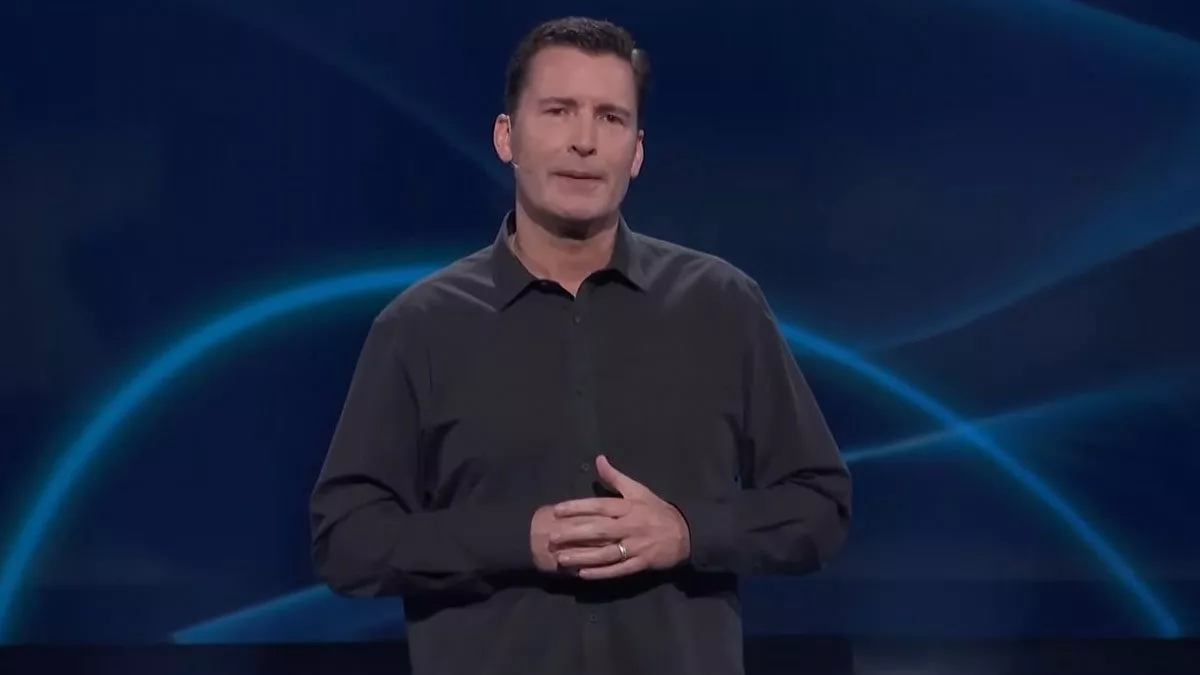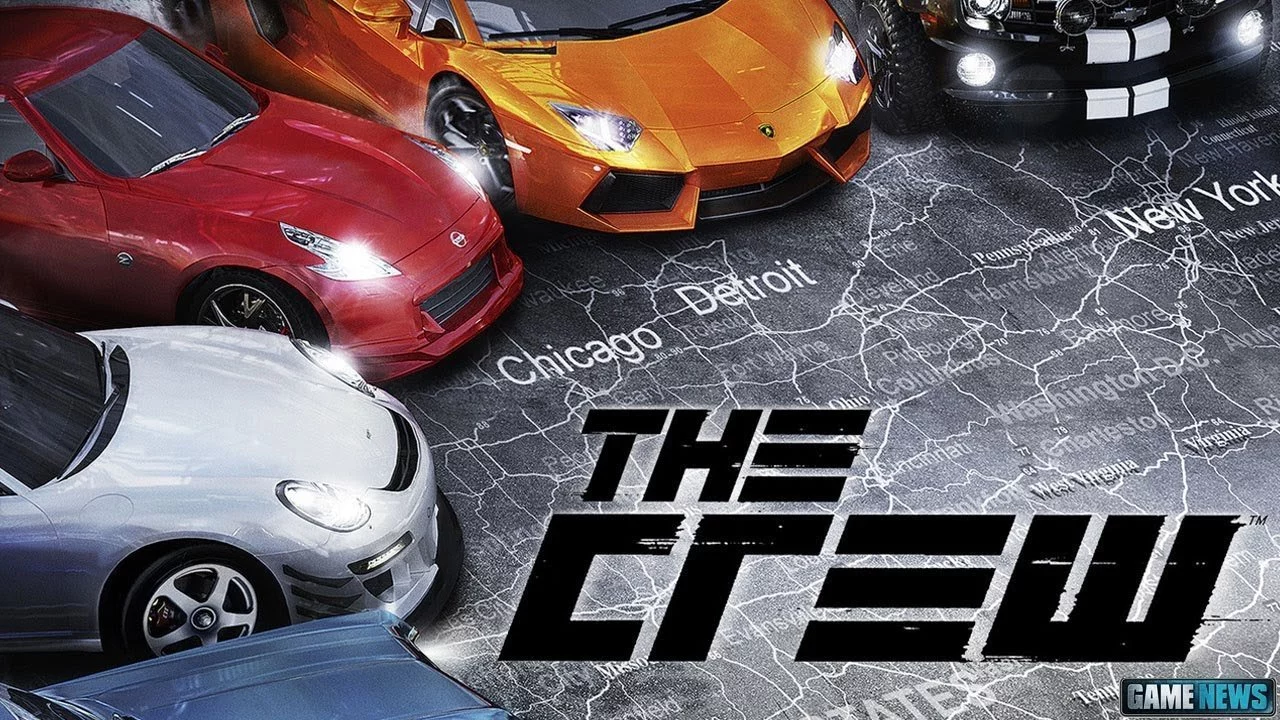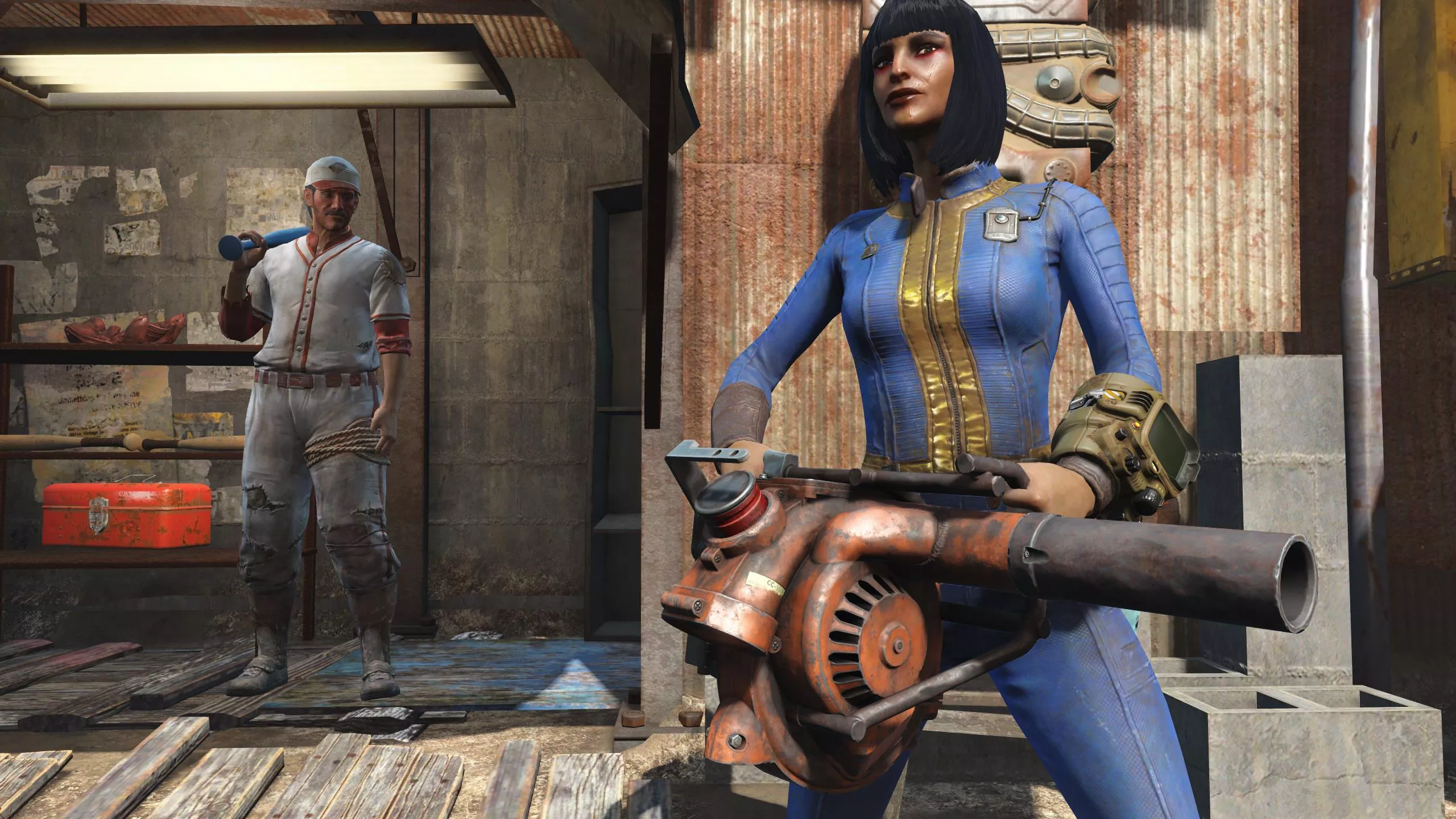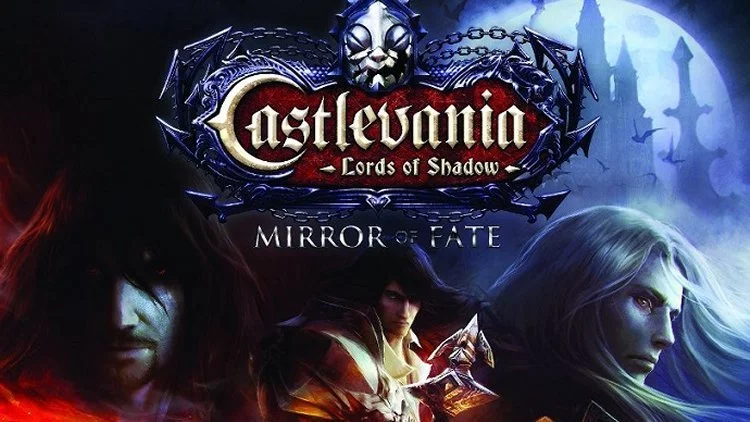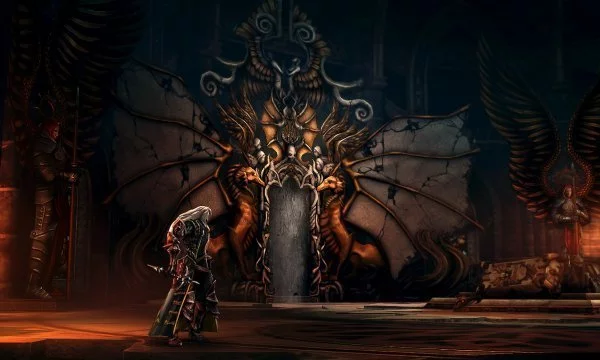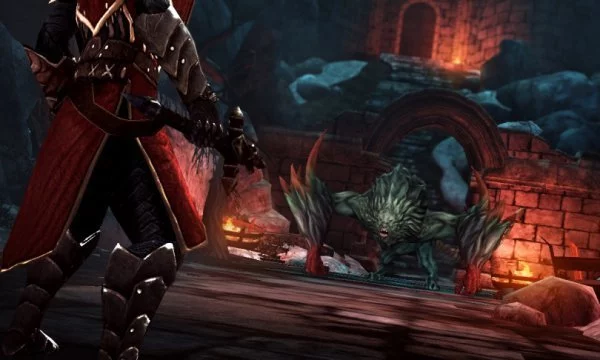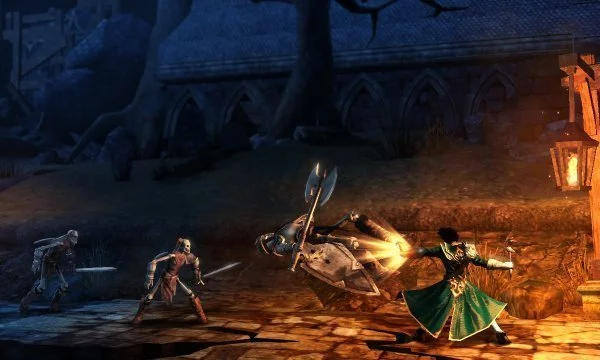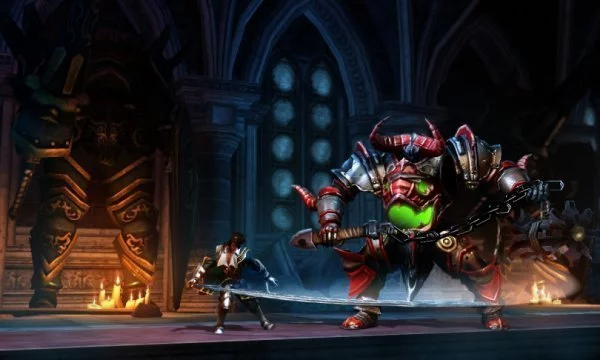The Castlevania series is one of publisher Konami’s most celebrated and long-lived series. While it has evolved over time, some central tenets have remained as core to the gameplay style — often referred to as “Metroidvania”, as both the Metroid and Castlevania games contain similar tropes — including abilities learned throughout the course of the game, non-linear maps, some form of character levelling, and, some would argue, advanced difficulty.
Essentially a vampire story chronicling the Belmont family and their quest to defeat Dracula’s forces of evil, there have been more than 40 titles in the series (including localised versions) since the release of the original on NES in 1986. Given this healthy stable of predecessors, it’s safe to say that the core story has been done to death, and so a reboot of the series was launched in 2010, titled Castlevania: Lords of Shadow.
At the time, it was said to be unrelated to the previous storyline; however, the Lords of Shadow storyline feels like a prequel. All of that aside, the first title in the reboot was well received on both Xbox 360 and PlayStation 3, and a direct sequel was soon released on the 3DS, clumsily titled Castlevania: Lords of Shadow: Mirror of Fate.
The 3DS title received somewhat positive reviews overall, with criticism mainly falling on the overuse of quick-time events (QTEs) and minor deviations from the core Castlevania style. Almost a year later, Konami has worked to improve the visuals and bring the same title to Xbox Live Arcade and PlayStation Network, under the moniker Castlevania: Lords of Shadow: Mirror of Fate HD… and the QTEs (for the most part) are gone.
While it doesn’t look amazing, Mirror of Fate HD has survived the transition to high definition with only a few jaggies and low detail textures to show for it. Fairly simple backgrounds can at times betray the true origin, but for a value-priced downloadable title? It looks pretty great – at several moments impressively so. Movement can be choppy, and controls feel a little off at times, but I was quite impressed with the presentation – and the fact that so much effort has been put into character and creature design means that the jaggies will hardly even be noticeable most of the time.
Essentially the same game as the 3DS title, players take on Dracula’s hordes by utilising three characters over the course of the game (played out in three “Acts”). For the first Act, players are put in the shoes of Simon Belmont, seeking revenge on Dracula for the death of his parents. The second Act shakes things up a little, with players controlling the mysterious vampire Alucard – himself Dracula’s son, but with his own reasons for wanting him dead… er. The final Act sends players back in time to control Trevor Belmont, Simon’s father, in an attempt to delay a crucial plot point. In the end, it all falls a bit flat, though, as it is a bit predictable.
Of course, nobody REALLY plays Castlevania for its riveting story. What people want is a non-linear complex map to explore and plunder for new weapons and abilities, and this new entry in the series doesn’t disappoint. Each of the three characters starts out with a single weapon, and each adds to this repertoire as their Act plays out – no two weapons or magical abilities are the same. In a similar way to the previous title, each character has their own passive or aggressive form of magic, and these are used not only in battle, but also to solve some fairly simple platforming puzzles.
While this is satisfying, as it was in previous titles, it is somewhat shallow in this iteration. As there are three protagonists, each with only around 5 hours playtime, there is no levelling per character. No weapon upgrades, no loot pickups – just weapons or abilities added as required. Even more frustrating – just when you start to get the hang of a given character, you reach the end of their story arc and start out again with nothing. Of course, it feels good to progress the story, but it’s a little anticlimactic to be suddenly stripped of power.
While the levelling is simple, it’s important to remember this is an action game, not necessarily an RPG, and as such, the combat is delightful. Continuing the combat style of the rebooted Lords of Shadow titles, Mirror of Fate HD feels more like a side-scrolling God of War with the primary whip-like weapon (in most cases, a whip) able to pull off some monster combos (which themselves are learned over time). Combining these combos with magic and projectile weapons leads to a relatively satisfying combat system, although it must be said that the blocking and dodging mechanics take some time to come to grips with, particularly in boss battles.
One new addition that may or may not prove controversial is the addition of a pointer – a red dot or arrow that tells players where they need to go to achieve their next goal. While this may be anathema to purists, it proves highly beneficial to time-poor players such as myself. Plus, it doesn’t explain HOW to navigate the environment, just where you needed to get to… and it can be turned off, if so desired. Where this does start to feel a bit wrong is in the discovery of new abilities – once a new ability is discovered, the player is immediately directed to an obstacle that requires that ability. For some, this is a teaching aid; for others, discovering how and where to use an ability is part of Castlevania’s charm.
For this little reviewer, the thing I missed most about this new title in the reboot of the series was the pickups. Health and mana are replenished in God of War-like chests (minus the QTE requirement to open them, which existed in the 3DS version) – although some magic abilities provide a new avenue for health regeneration, which adds to the enjoyment of the gameplay mechanics. Gone is the ability to break candles and other lights for additional health; in fact, the only real pickup that is collected from battle is XP (excluding additional projectile ammo, which is collected from destructible barrels).
What hasn’t been changed? While part of the reboot, it is clearly a Castlevania title. It is still an action platformer with puzzle elements. There’s plenty of combat, and most bosses are difficult. The castle is huge, the enemies varied, and there are plenty of weapons and abilities to unlock. And did I mention Boss Rush Mode? It’s there; finish the game on any difficulty to punish yourself (with leaderboards for those competitive gamers out there). For the really dedicated fans, 100% the game by collecting all of the secrets found throughout the castle for a secret cutscene. Considering this is a console title, they’ve included the Lords of Shadow 2 demo for good measure.
Overall, this is a fun addition to the series, but it does come with a few caveats: gameplay resets every 4 -5 hours as you progress through each Act; some areas of the game are intensely difficult, while others are quite easy; it does differ slightly to the core definition of a Castlevania game; and it has to be said: it starts off extremely slowly. The first few hours feel slow and linear — exactly the opposite to how a Castlevania title should feel. Stick with it, though; after those first couple of hours, the castle opens up, and the amount of items to be found off the critical path should please the purists. Fans shouldn’t miss this one. And everyone else? For the price point, it comes highly recommended.
This article may contain affiliate links, meaning we could earn a small commission if you click-through and make a purchase. Stevivor is an independent outlet and our journalism is in no way influenced by any advertiser or commercial initiative.



